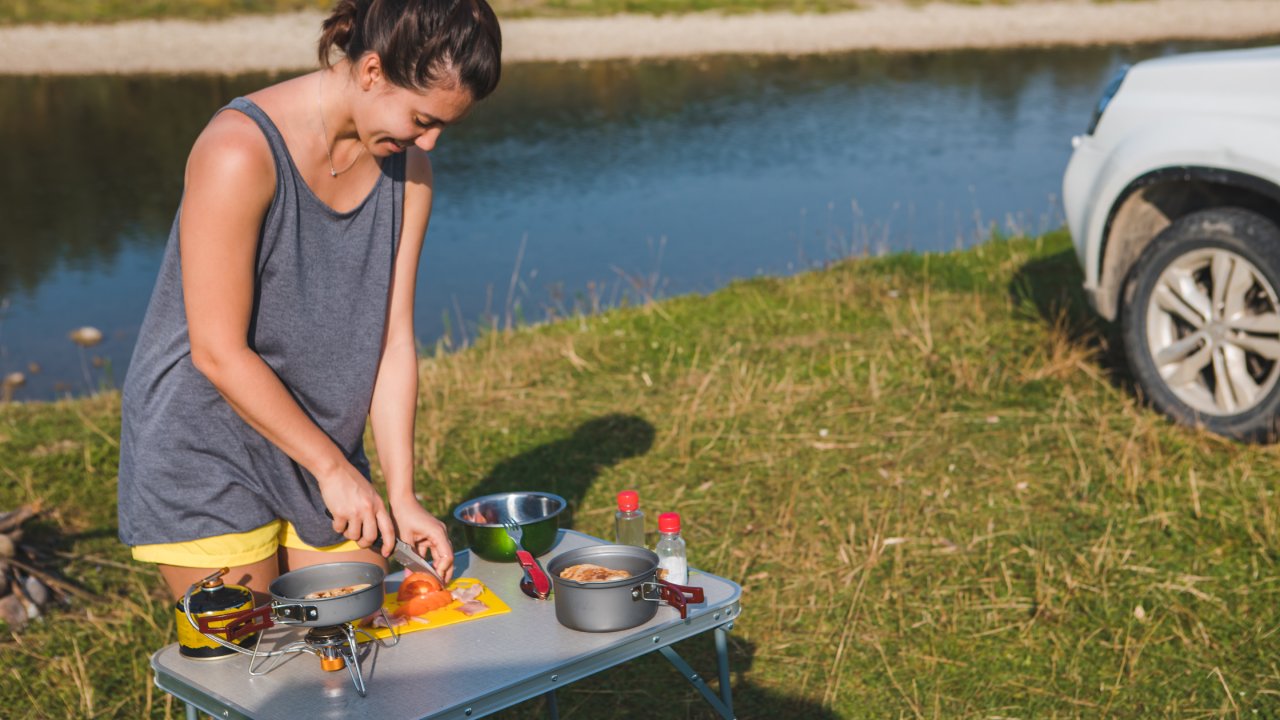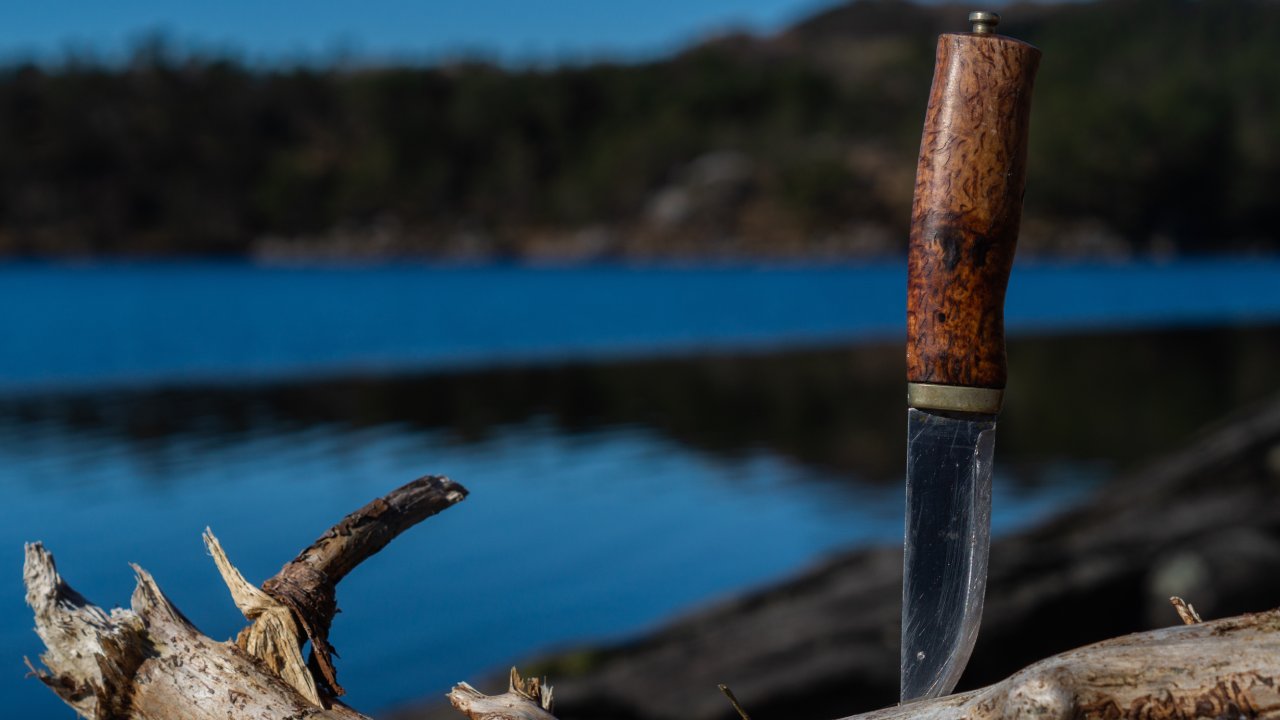Enjoy good food with these easy meals for off-road camping adventures. Check out these simple, flavorful, and fun ideas for your next excursion.
Category: Outdoor Life
How Blade Thickness Influences Durability and Longevity
Curious about how blade thickness affects your knives’ durability and longevity? Uncover the details on various types of knives to make an informed choice.
Innovative Ways To Use Your Large Plot of Land
Owning a large plot of land is like having a blank canvas full of potential. Whether you’ve inherited a family farm or purchased some extra acreage, there are countless innovative ways to make the most of your land. You no longer need to stick to traditional uses like row crops or pasture. The following ideas […]
4 Upgrades for Your ATV That Are Worth the Cost
If you’re like many farmers, hunters, or outdoor enthusiasts, you likely use an all-terrain vehicle (ATV) for many purposes—both practical and recreational. When it comes to ATVs, there are plenty of options for modifications and upgrades, but which ones are worth the investment? Keep reading to find out which ATV upgrades are worth the cost. […]
5 Benefits of Using a Shipping Container as a Hunting Cabin
Are you a hunter looking to build a practical shelter? Look no further than shipping containers! Imagine creating a sturdy, customizable, and eco-friendly hunting cabin that you can move as needed. Intrigued? Read on to uncover the five benefits of using a shipping container as a hunting cabin. 1. Cost-Effective Shelter Building a traditional hunting […]





